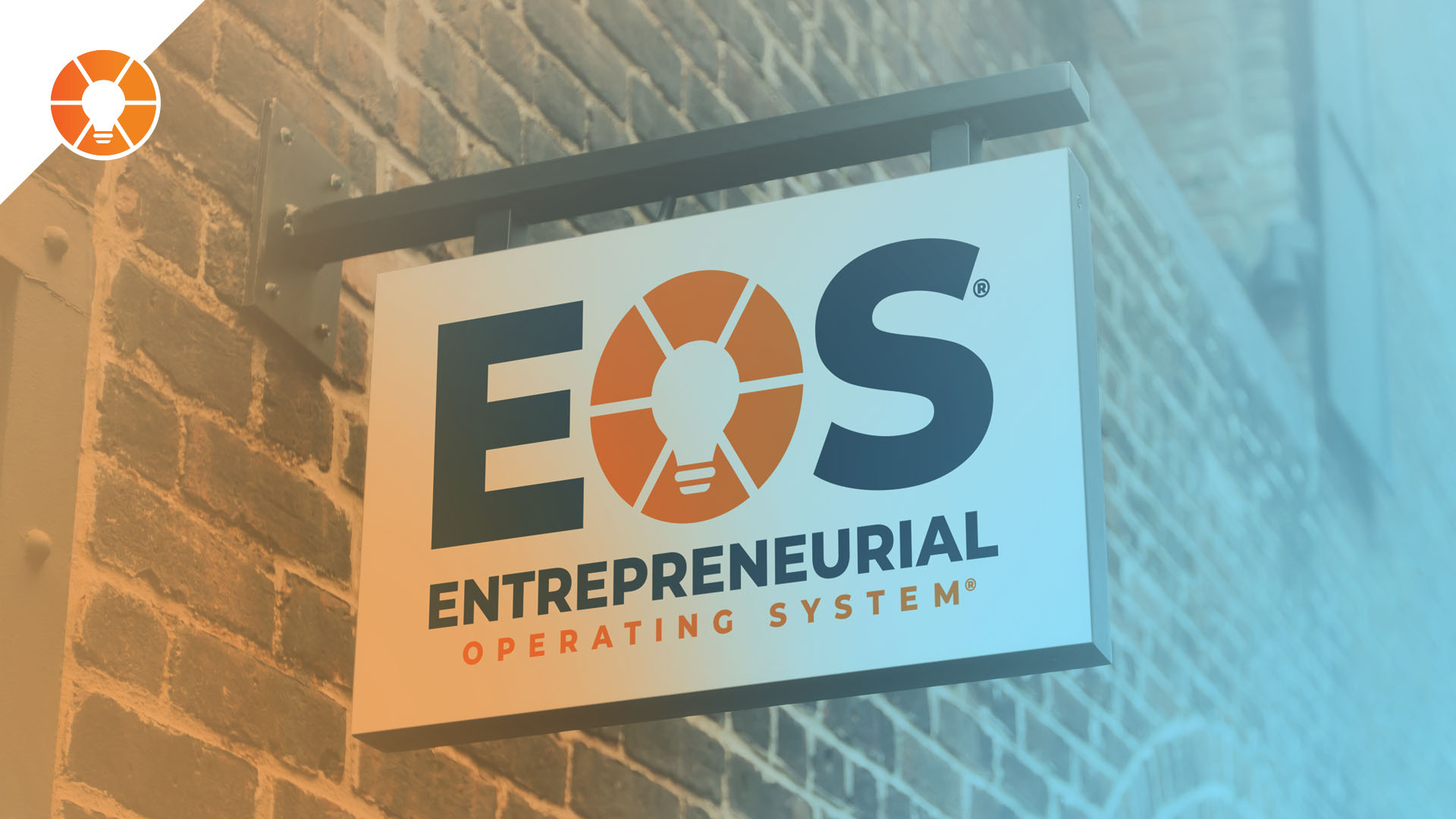 President George H.W. Bush famously – and sometimes humorously – struggled with what he called “the vision thing,” or the need to fit numerous complex issues facing his administration into larger themes that could help people understand the top goals and purposes of his administration.
President George H.W. Bush famously – and sometimes humorously – struggled with what he called “the vision thing,” or the need to fit numerous complex issues facing his administration into larger themes that could help people understand the top goals and purposes of his administration.
Yet it is clear that having and being able to communicate a “vision” – a central and shared understanding of purpose and goals – is key to the success of virtually any organization, whether we’re talking about a Presidential Administration, a youth soccer club or, more to the point, your entrepreneurial business. Even if yours is a one-man show, a company in which you are the only employee, your business needs a vision that is both fully understood by those (or the one) inside and those on the outside with whom it does business. The importance of getting everyone in your organization to see – and to be able to communicate – the same picture of where your business is going and how it’s going to get there cannot be overstated.
It’s the first principle of the Entrepreneurial Operating System® that we use to show our clients how they can be among the 5 percent of entrepreneur-led companies that are getting everything they want out of their businesses.
Admittedly, “Vision” has become something of a buzzword in the business world these days. And as such, the word itself has been watered-down in some respects. So let’s look at what vision really is, first by looking at what it isn’t.
Forget the “Big Picture”
Vision isn’t general. It’s not “big picture.” It’s not the 35,000-foot view that you hear so much about. Sure, you as an entrepreneur need to have a big-picture understanding of whatever market it is in which you compete. But that won’t do anything more than make you generally aware of the market conditions. To succeed, you and your entire organization need to be intently focused on the one key thing, or few key things, that will mean the difference between real, sustainable success and perpetual struggle (or failure).
What Is Company Vision?
Vision by definition is a precise view of that thing on which your organization’s success will depend. When an Olympic sprinter begins the race, he or she does not focus on the wide track stretching out in front of them and all the other runners. They don’t even focus on the three-foot wide lane in which they will run.
Instead, they focus only a tiny spot on the tape stretched across the finish line 100 meters away. By focusing intently on that one tiny spot the runner knows he or she will waste no energy floating left or right within their lane. Rather, they know that by maintaining that intent focus on one tiny spot on the tape in front of them, they will travel the absolute shortest distance possible between the starting blocks and the finish line. No wasted drifting movements. No energy spent going even a tiny bit sideways. Their superbly trained body will then follow their eyes perfectly to the tape.
In a sport where the difference between winning and losing is measured in thousands of a second, any loss of focus during the 10 seconds or so of the race could mean defeat.
Maintaining Vision on Your Company’s Focal Points
So how does that translate to your business? After all, you’re not racing in the 100 meters at the Olympics.
When you use the Entrepreneurial Operating System, you learn how to identify those few key things – or even that ONE key thing – critical to your organization’s victory. Those are your focal points, the spots on the tape at the finish line that everyone in your business will keep in clear view as you make every decision – big and small – every day. You’ll learn how to follow the straightest possible path from start to finish – no wasted lateral movement or drifting off course. And you’ll learn how to get your employees focused on that one thing that will be the key to victory – and how to keep them focused on it day in and day out.
Next Steps
- Download the EOS V/TO™ to help you set your vision on the tape at the finish line.
- Download a free chapter of Get a Grip to learn practical ways to use EOS in your company.
- Request a free 90-Minute Meeting with an EOS Implementer to get a clear picture of what it looks like to run your company on EOS.
This blog article originally appeared on the Whittle & Partners blog on March 24, 2016.




